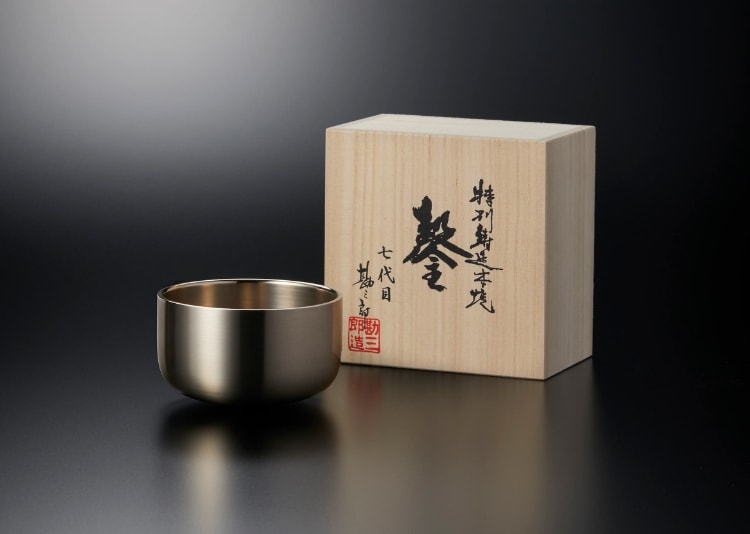The Perfect Harmony of Six Craftspeople, Spanning Generations
The unique sensibility and skill held by each artisan.
It is the fusion of these qualities that gives form to sound-creation at our workshop.
Our craftspeople are at the heart of everything we do. Techniques passed down through generations are the foundation, to which each artisan adds their ingenuity and care as they continue to create sound.
At Nanjo Kobo, six artisans from different generations are devoted to orin-making every day.
From veterans with over 50 years of experience, to younger artisans who will lead the craft into the future, each one brings their own experience and individuality to the process, supporting one another through a division of labor.
During casting, which takes place several times a month, all the artisans gather together and work with intense focus, handling fire and metal while attuned to one another’s rhythm.
This shared, unspoken synchronicity—a-un no kokyū—is the essential foundation that supports the workshop’s sound creation.

